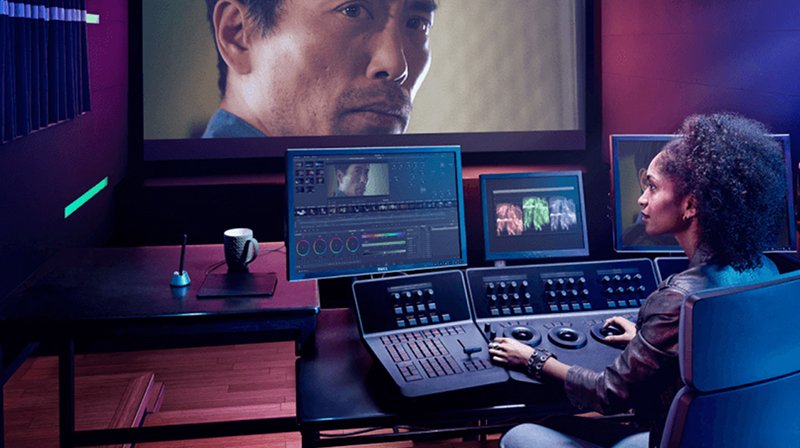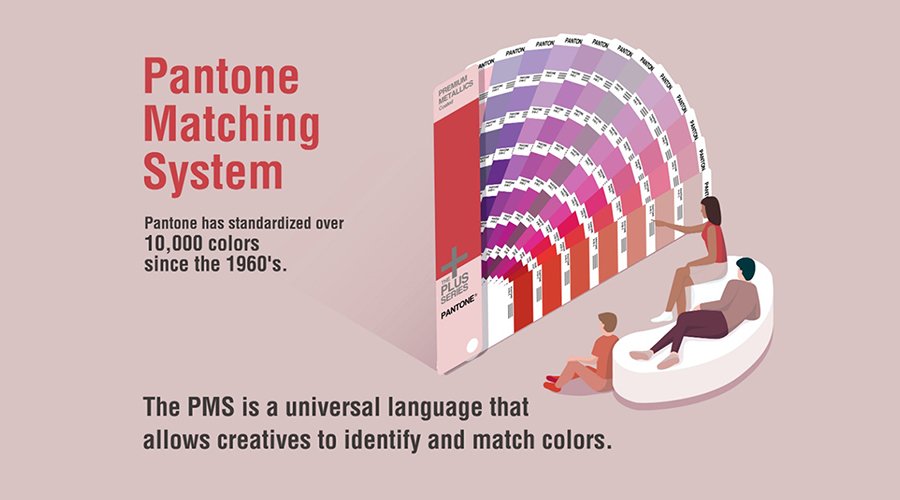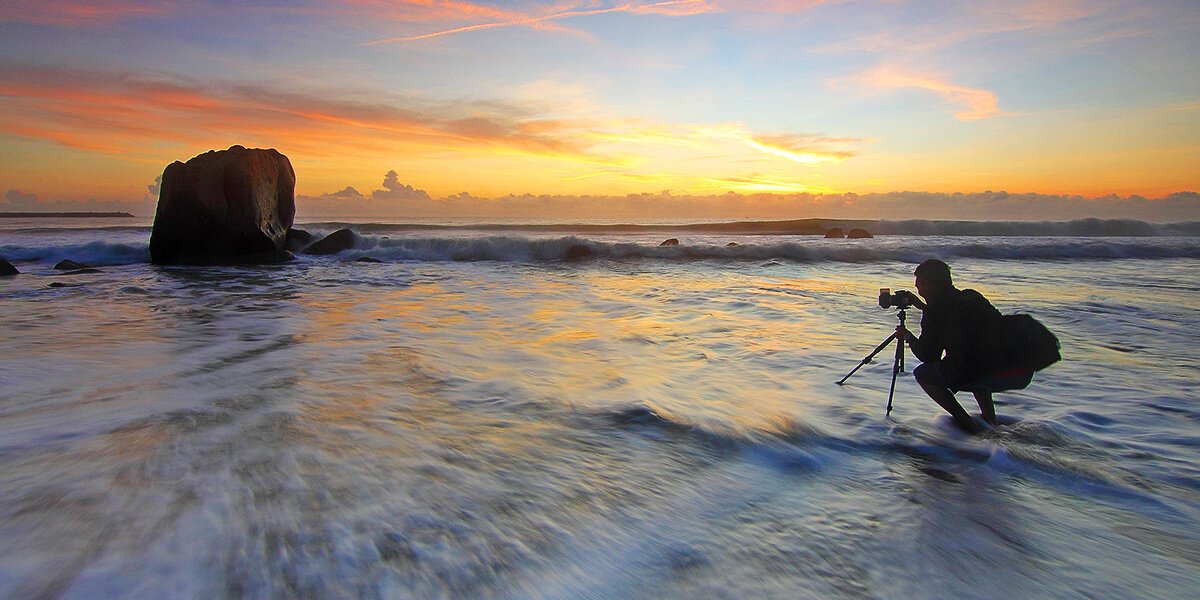Projector
Monitor
Lighting
Digital Display
Job References
This site uses cookies. By continuing to browse the site you are agreeing to our use of cookies, you can also manage preferences.
This site uses cookies. By continuing to browse the site you are agreeing to our use of cookies, you can also manage preferences.
Projector
Monitor
Lighting
Digital Display
Job References
Projector
Monitor
Lighting
Digital Display
Job References
Knowledge Center Support
Stellar color performance can take your monitor viewing experience from mundane to magical. Today’s pro-grade desktop monitors boast specs that can blow your mind, and also leave your head spinning. One spec that causes a lot of confusion is color bit depth, which determines the total number of colors your monitor can display. We’ll discuss the different ways monitors add color to your work and your world.

1.07 billion hues. That is what you get from 10-bit color. This can be achieved in two ways. The right way for you depends on how you use your display. True 10-bit displays have 10 bits per pixel, for 1024 shades of RGB color (Red, Green, Blue). Cube that and you get to those 1.07 billion shades. Expect smooth gradations and improved realism in photography and video content. Amazing. Beautiful. Also expensive and sometimes more than you need.
When you move down to 8-bit, you still access an impressive 16.77 million colors from 256 RGB tones produced from this tech. Will you notice a difference if you compare 8-bit to 10-bit? Yes. You will. Colors can still appear vivid and brilliant, but shading will be less fluid and gradations can appear less subtle. In an ideal world, you’d be able to access 10-bit color at an 8-bit cost. That’s where Frame Rate Control comes in.
There is a way to experience all the colors of 10-bit with an 8-bit monitor. Frame Rate Control manipulates pixels so they flash two alternating colors so quickly that you perceive any of the shades in a billion color experience. Does the monitor display those billion+ colors? No. Will you be able to tell? Likely, not.
Also likely, if you work in the creative space, you have been or already are working on an 8-bit or 8-bit + FRC monitor, as this is the most common setup today.
While 8-bit + FRC is a stellar solution for most, there are situations that call for true 10-bit.
If you're working in a high-end Hollywood retouching studio or in retouching where individual pixels are zoomed to more than 500%, you'll probably require 10-bit. But for most of the rest of us the 8-bit + FRC monitor is adequate, accessible, and affordable.
As for quality of display, 8-bit + FRC monitors have won the prestigious TIPA Award for Best Professional Photo Monitor for the past two years. This global award from the Technical Image Press Association recognizes the world's best in photo/video innovation. Each of those winning displays was manufactured by BenQ.
Only you can decide the best monitor for your needs. Hopefully, this article leaves you better informed and empowered to make that call.
Thanks for your feedback!



